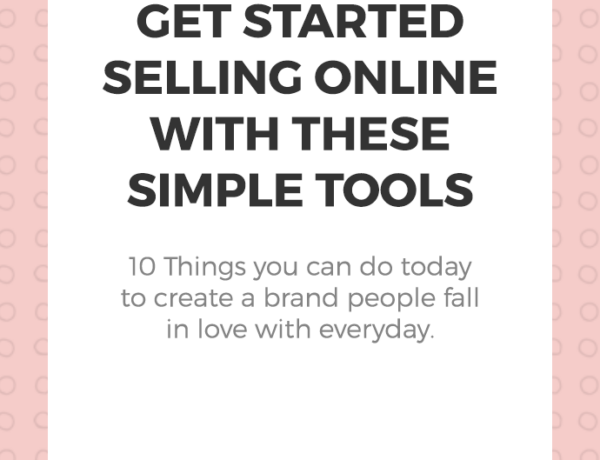Unless you already have a specific niche in mind, it’s time to focus on the kind of products you’ll carry. You may love all fashion, but there’s no such thing as an all fashion store.
Are we talking the latest in designer women’s wear? Ready wear? Sporty casual? Athletic or yoga apparel? Maybe special occasion or custom tailored suits? Do you only want to carry handmade items or the most exclusive selection? Or do you want to have a little fun and keep everything in your shop under $49, like we do at She Swank Too?
I made so many mistakes, in the beginning, thinking I had to be super “nichey” and find a business idea that no one else knows about or is already competing for business. Big mistake.
There are no unknown or new niches. They are just new to you. Someone else always knows about them first.
The best niches to seek are evergreen niches that have:
– A proven track record
– High demand
– Identifiable customers online
– Endless products to sell
– Active websites, social media groups, and forums
– Competition
3 easy steps to discover your niche
Now grab a notepad and brainstorm how to find your niche market using these three easy steps.
1. Identify Your Interests and Pain Points. Make a list of all of your hobbies and interests. Pick something that you are knowledgeable and interested in and not something that is mostly a fad. Now write a list of any problems or challenging you are facing in life, health, financial, career, love, family, etc. Now you should have a list of potential niche ideas. Any good ideas popping out at you?
2. Interview YOU. Start by taking notes of everything you do in one day. This could be the conversations you have with others, even small children. Things you hear on the news. Any favorite TV shows? What you read in the newspaper or magazine. The things you see and the products you use. The activities you do such as exercising or crocheting. The places you visit and shop. Think about all of these things one by one and ask yourself these questions:
– Who’s interested other than you?
– Do people spend money on these activities? If so, how much?
– Can you solve these problems for others?
– Do these things make people happy or sad?
If you answered yes to any of these questions, then you have identified more potential niche ideas.
3. Research Trends and Markets Online. Let’s start with Amazon, the world’s largest online retailer that sells just about everything. The retailer’s website is also a hotbed to find product niches.
Visit amazon.com and follow this step-by-step process to finding a trending niche:
– Click on the ‘All’ tab at the left of the main search bar it will show a list of categories or ‘niches.’
– Select a category, that interests you or at random.
– Then leave the search box blank and hit ‘Go.’
– A new page will display, and on the left-hand side a whole list of sub-categories or ‘sub-niches’ will pop up.
– Keep clicking to drill further down into a more specific sub-niche.
Narrow it down
What’s great about this method is you get to see actual products that are selling and read what people in the niche think of the products. Other great niche finding tools are Stumbleupon, Yahoo, Google News and Twitter. Don’t sleep on Twitter. People and products trend 24/7.
A boutique’s niche doesn’t have to be defined by a specific product. Your niche can be based on the overall experience or theme, like swimming or dancing, or a store where everything is sold in one color. Think about what niche you want to satisfy, who will buy your items, and what customer experience you will offer that the competition does not.
I choose children’s wear because of the strong market. Children’s wear market is one of the most lucrative segments in the global apparel industry. With an estimated value of 173.6 billion dollars by 2017, the kids wear market was not affected by the recession and the meltdown of the global economy.
Children grow so quickly and require new clothes often. My two toddlers need new clothes every month it seems. Retailers have found that even during an economic slowdown, parents will not skimp on their children. They will still spend money on new children’s clothing before they buy anything for themselves.
Niche ideas
If you’re venturing into children’s wear, consider:
– Infant/baby items
– Bedding and accessories
– Shoes
– Swimwear
– Used/Consignment items
Women’s wear:
– Accessories
– Beach/swimwear/resort
– Business/career attire
– Formals/eveningwear
– Hosiery/Under garments
Men’s wear:
– Urban wear
– Casual wear/jeans/khakis
– Outerwear
– Sneakers
– Special size: tall, big, short




